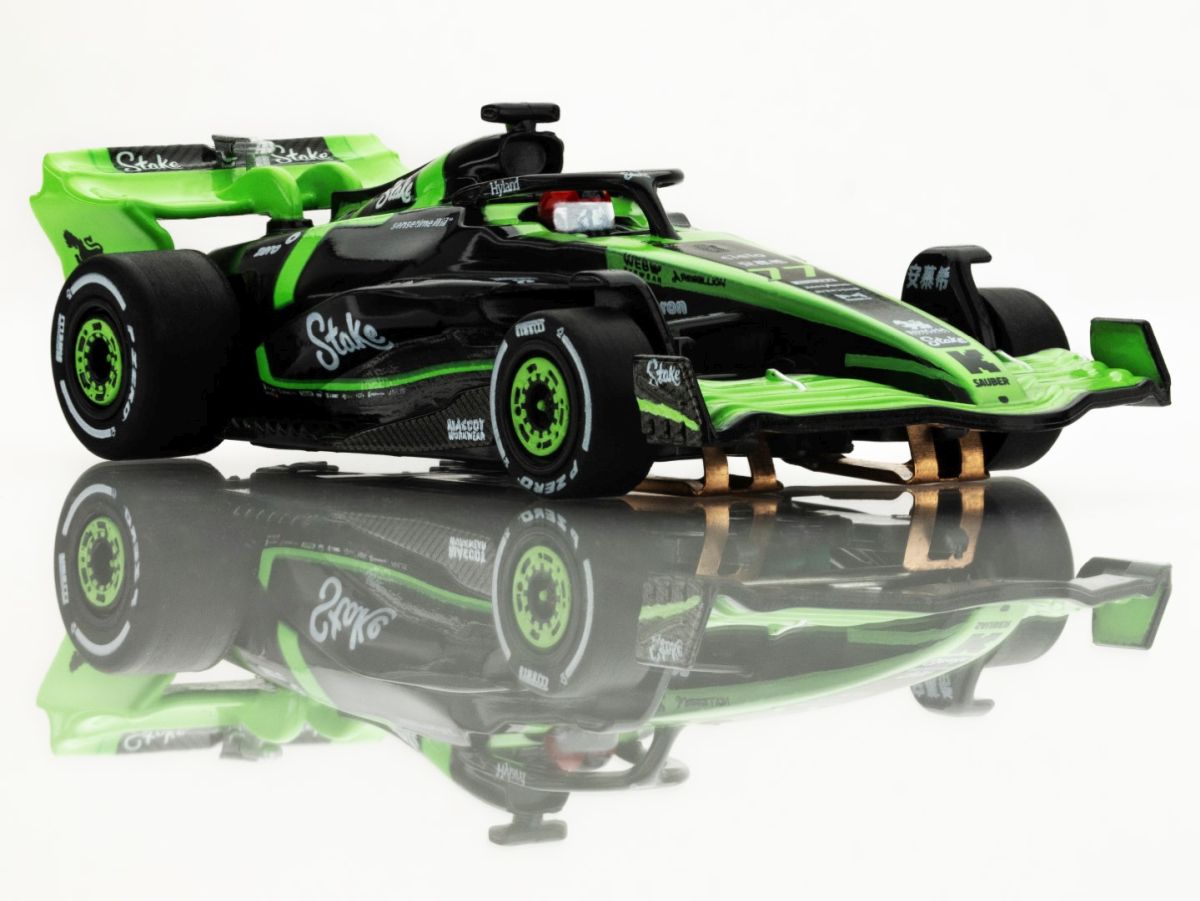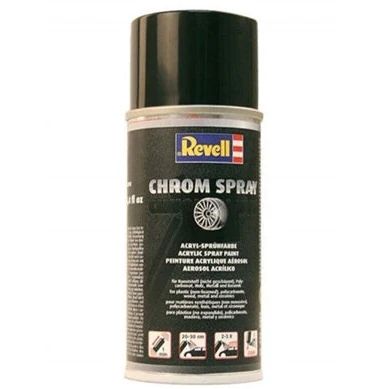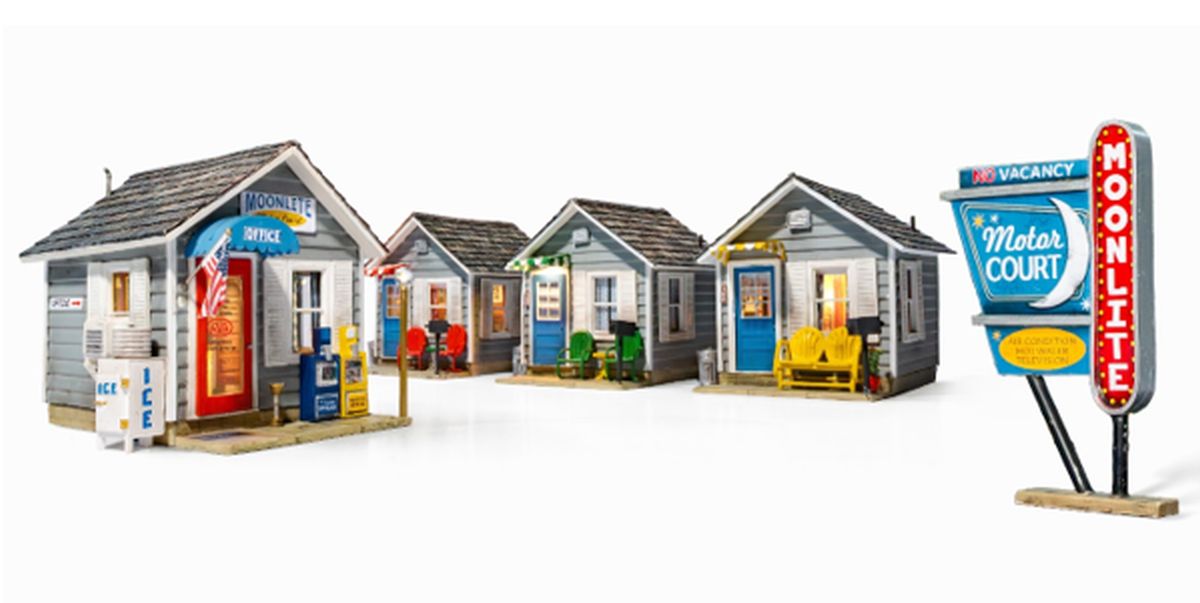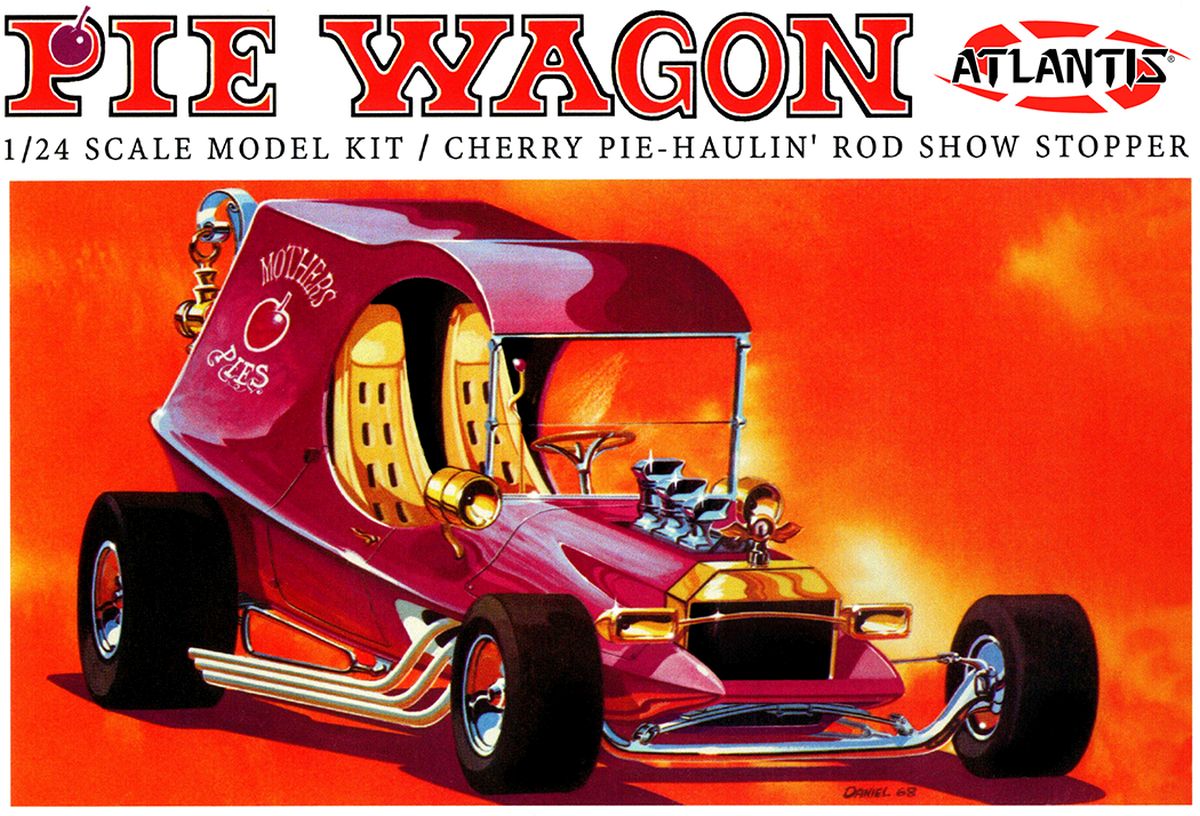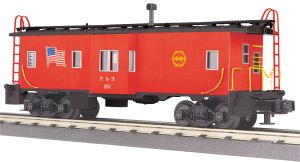
O Shawmut Bay-Window Caboose
As freight cars grew taller, observing a train from the cupola of a
caboose became increasingly difficult. In the wooden car era, another
problem with cupola cabooses was sagging roofs. In an effort to solve
these problems, the Akron, Canton & Youngstown railroad
introduced the bay window caboose in 1923. (In fact, however, bay
windows had been used on New York & Harlem Railroad passenger
cars as far back as the 1850s, to enable conductors to better
anticipate station arrivals.)
In 1930 the Baltimore & Ohio became the first
railroad to adopt the bay window style as its standard caboose; it
never purchased another cupola model. During the same decade, the
Milwaukee Road and the Northern Pacific built substantial bay window
fleets.
But it was immediately after World War II that the bay window
design became widespread, as car heights increased significantly and
cupolas became less and less useful. As with diesels and other modern
freight cars, these postwar bay window cabooses were part of the shift
away from customized, railroad-specific locos and cars toward
standardized designs produced in large quantities on efficient assembly
lines. Key builders of bay window cabooses included International Car
Company and American Car & Foundry.
As cabooses have been largely extinct since the 1980s, our NS
Heritage Series cabooses are not strictly prototypical – but they
depict what might have been. They can serve as a fitting complement to
our RailKing models of NS Heritage diesels, or simply a depiction of
how your favorite “Fallen Flag” railroad might have painted a caboose
in the latter part of the 20th century.
High quality, traditionally sized RailKing Freight Cars
provide detailed bodies and colorful paint schemes for the O Gauge
railroader. MTH makes an enormous variety of RailKing Freight Cars,
including many different car types and roadnames. No matter what era or
part of the country you are modeling, RailKing is sure to have
something for you.

